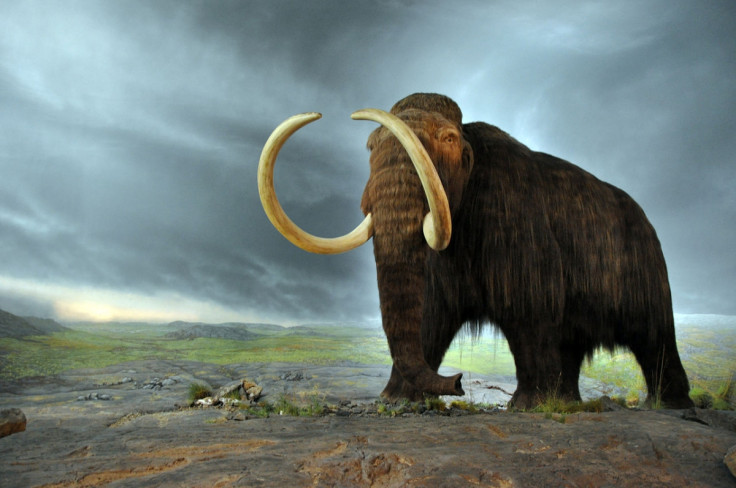Bringing woolly mammoths and other extinct species back to life could threaten biodiversity
Extinct species being brought to life may not be such a good idea, some scientists have argued.
Bringing back extinct species from the dead may cause more harm than good, scientists have warned. At a time when economic resources for conservation are stretched, they say that focusing on the protection of species on the verge of extinction should be the priority.
The perspective of seeing species that roamed the Earth hundreds, or even thousands of years ago, brought back to life, doesn't seem like science-fiction anymore. Around the world, many teams of scientists are working on the subject and are getting closer to making 'de-extinction' real.
A team from Harvard University, led by scientist George Church, has recently announced that they could be just a couple of years away from creating a hybrid embryo of the extinct woolly mammoth.
But other scientists are increasingly warning of the potential negative consequences of de-extinction. In a study published in the journal Nature Ecology and Evolution, a team has calculated the costs associated with bringing extinct species back to life, discussing how this could negatively impact current ecosystems.
"Technical feasibility of de-extinction is getting closer and closer and could be within reach soon. Humans have made many species go extinct and if we could somehow make them come back, it would be an amazing feat. If we messed up very badly now, perhaps there is a chance that extinction will not be forever", study author Joseph Bennett, from Carleton University (Canada), told IBTimes UK.
"But it is important to take a very close, very sober look now at the potential benefits, and drawback of de-extinction in terms of resources spent. We know that resources are severely limited when it comes to conservation and we need to do the best we can to conserve as much biodiversity as possible".
Spending money in the living
The scientists made a cost-benefit analysis of de-extinction, using data they had access to regarding a number of endangered species found in New Zealand and in the Australian state of New South Wales. In both places, local authorities have created a detailed database of their most threatened species – listing prescriptions and costs of actions needed to protect them from extinction.

The scientists have identified extinct species that are analogous to current threatened species in New Zealand and New South Wales – species that were related and had lived in the same environment before becoming extinct. Comparing them with the live threatened species for which conservation costs were known, the scientists were able to estimate the cost of bringing them back to life and protecting them.
Bennett and his colleagues found that reintroducing some recently extinct species to their old habitats might improve existing biodiversity locally. However, if resources were diverted away from current threatened species, this would lead to more biodiversity lost than gained.
"If you are spending money on de-extinction, you are making the decision not to spend it on living species. De-extinction is costly, and with many species on the verge of extinction, it may be better to spend money on the living rather than the dead", Bennett said.
Worthy species
George Church, the scientist who leads the Harvard team working on the woolly mammoth, agrees these are legitimate questions, but still argues that de-extinction can be an interesting approach.
"Advocates of de-extinction would probably agree that it is important to consider the risks and benefits of any new technology and prioritise applications of it. Even before this study, it seemed quite likely reintroduction or conservation of many species is not a net benefit – some such as guinea worm and malaria-causing parasites might be worthy of intentional extinction. The question is whether there any species that might be worthy", he said.
As he points out, the reintroduction of specific species in habitats they had disappeared from – such as grey wolves in Yellowstone National Park – has brought benefits to the whole ecosystem.
But critics say it is also possible that some extinct species would negatively alter the ecosystem if they were brought back, and accelerate the demise of other species.

While this questions remains to be settled, what is clear is that iconic species like the woolly mammoth would probably not thrive in current climatic conditions.
"Efforts to resurrect the mammoth are particularly fascinating but in the Arctic and Canada, where the animal was living, the climate is now changing extremely fast – so who is to say that the mammoth will survive and thrive in such an environment? Technically, resurrecting a mammoth is compelling but it also shines a greater emphasis on the fact that the environments we are going to try and put these animals into are in serious trouble", Bennett concluded.
© Copyright IBTimes 2025. All rights reserved.






















